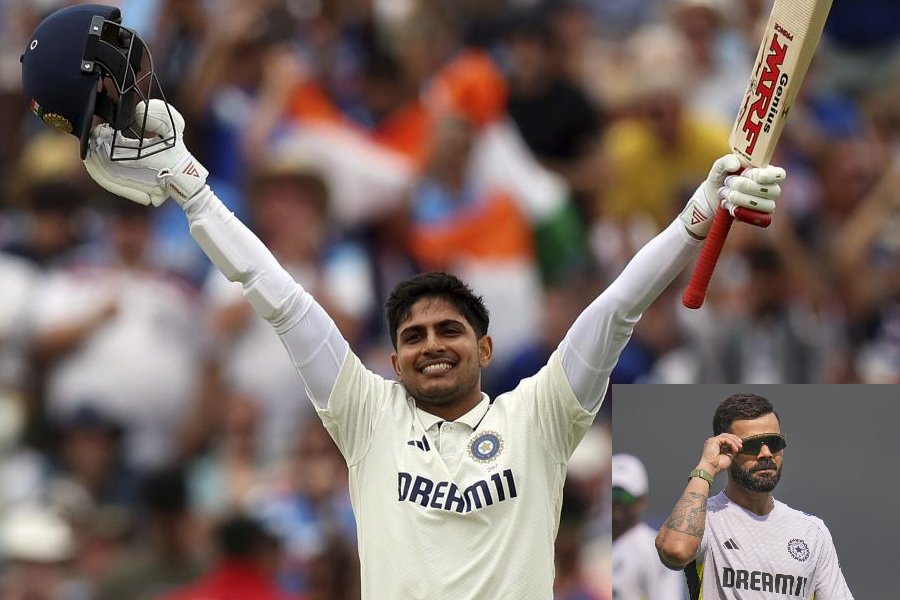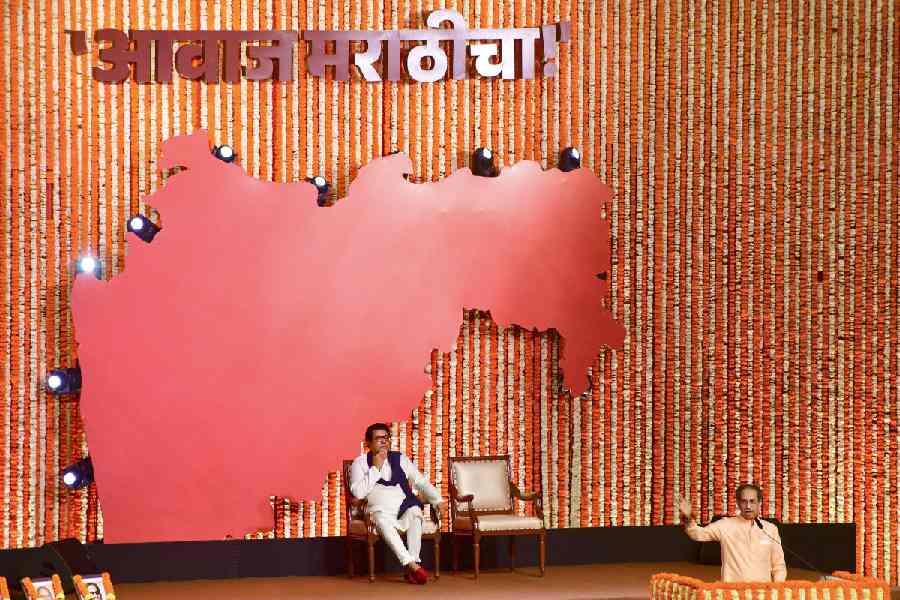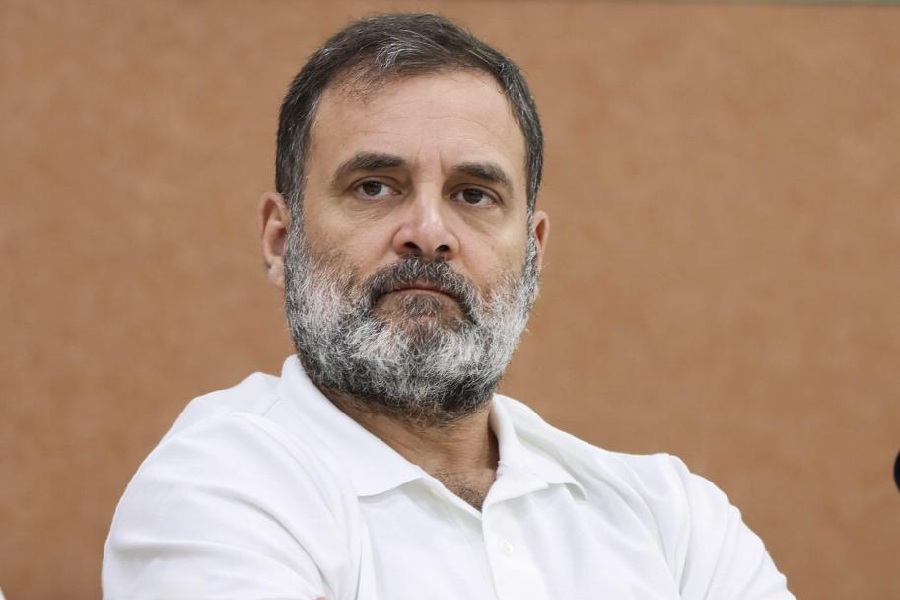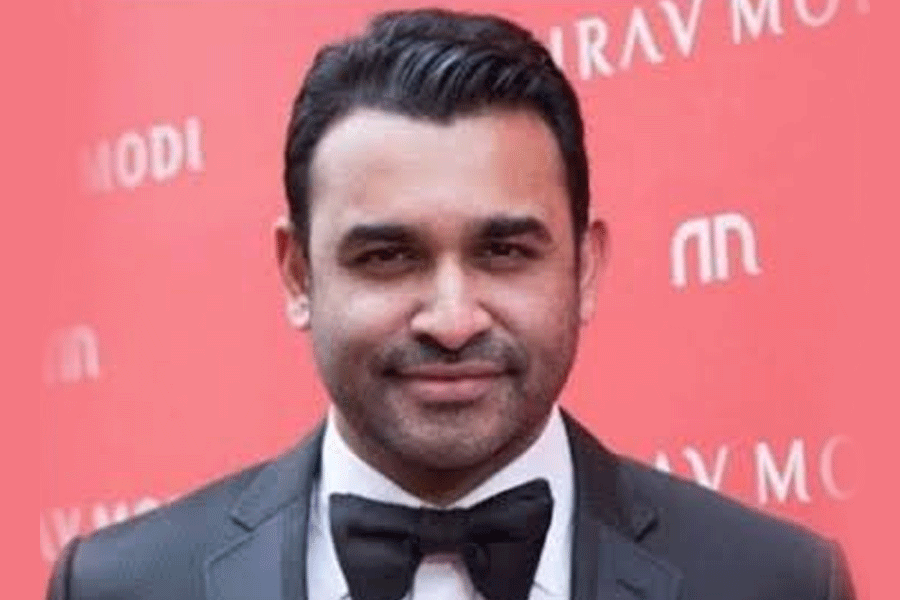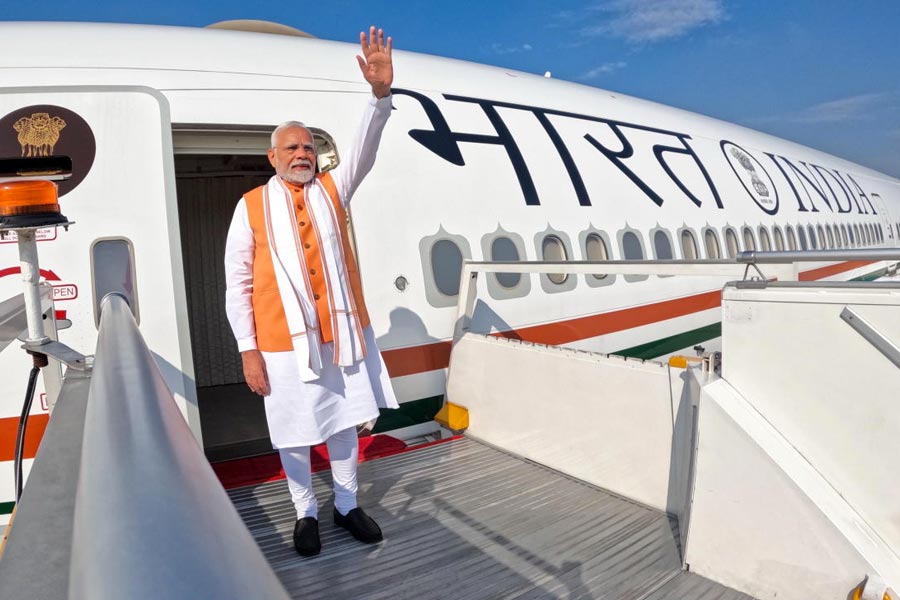Citizens in Calcutta are among the most charitable of all. I was complaining one day about the utterly confusing placement of traffic signs in the city. Some of them are positioned just two feet above the road level, while to see others, you must crane your neck and look upwards. Many of them are lost due to other, more colourful tinplates, while some are hidden from view by the otherwise welcome foliage of a vintage tree. It is only when the traffic sergeant sternly points his finger to the mandates on the road that you apologetically realise that it is all your fault.
The virtual absence of road signs in the city is again infuriating for newcomers and visitors to the city. The drivers generally slow down, often right in the middle of the road, to allow passengers to read the signboards put up by shopping outlets. Not all of them bother to indicate the name of the street; and, in any case, they do not provide you with any clue about roads for which you may have to turn right or left.
Why, oh why, I had wailed, cannot this city put up road signs and traffic signals as in Delhi, for example? The Calcuttan had looked sternly before curling his lips to say; “That’s because Delhi has colonised this country; there is nothing left for this city or, for that matter, any other city; we cannot have the signs and the signals because there is simply no money in the kitty”. That effectively silenced all conversation on the subject, as people sympathetically endorsed the perception, that Calcutta is a poor cousin, a city of joy for the poor.
But, seriously, have we been kidding ourselves? The mayor discovers Rs 40 crore which, he claims, nobody knew about, and promptly decides to appropriate half of it to build a gate, for Christ’s sake. And the state government has just spent Rs 133 crore to get a flyover constructed, the longest in the city, you see. And yet, the city has no money to have proper signs and signals on the road! Hey, we are being taken for a ride, I exclaimed. Big projects mean big money and the happiest people are the contractors, because big projects also mean big margins of profit; and, of course, more money to share.
Don’t be silly, the Calcuttan admonished. The flyovers are all funded by the Japs, you know. But they are loans, right? So, if you can borrow money to construct flyovers, why not borrow some more money and put the signs and the signals back on the rails? The Calcuttan looked as he would at a moron, and declared that a flyover project created more employment opportunities than a signal-post. Well, that’s enough, he seemed to suggest, will you now please stop arguing? But I was past caring.
Let us get our priorities right, man. Brightly-lit streets, prominent road signs and effective and visible traffic signals are all necessary for traffic management. But several hundred crores are being spent in constructing flyovers, which would benefit only the car-owners and which would reduce driving time by anything between five and 15 minutes. A drive on the latest addition to the city’s skyscape proved the point. It took two minutes flat to zip from Circus Avenue to the road leading to the Race Course. But then a seven-minute wait followed for the signal to turn right. It took about the same time to reach Central Avenue as it takes to drive through Park Street.
So, chances are that the new flyover will be used more for shooting films. Stars and starlets would pose for city supplements and film directors from Mumbai could be invited to shoot stunt scenes on the flyover. It would, of course, help people living in Alipore (and Kidderpore, too, if you like) to leave home a little later and reach the airport a little earlier.
Flyovers have been the flavour of the season for the past half-a-decade or so. Mumbai planned and executed as many as 55 of them. Even Chennai constructed a dozen; little wonder, therefore, that poor Calcutta has followed up with five. But if lessons had been drawn, the money could have been better utilised. Indeed, Rs 133 crore could have helped make the road traffic system more functional.


